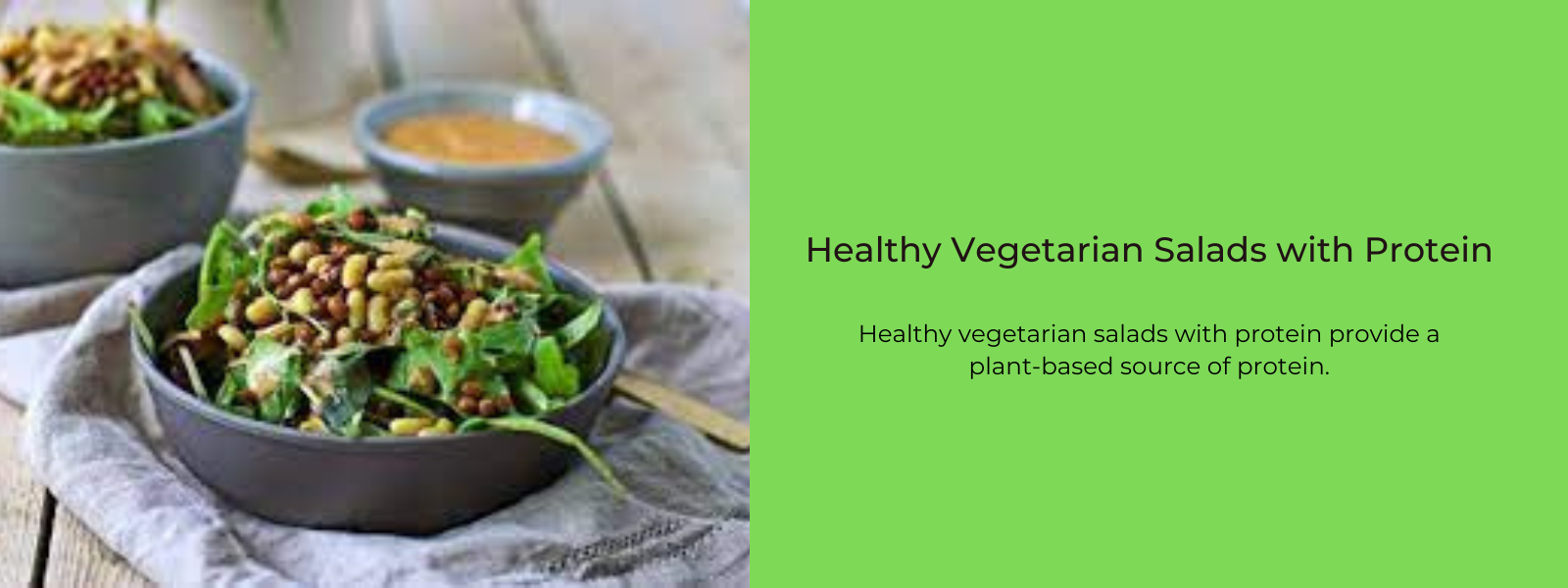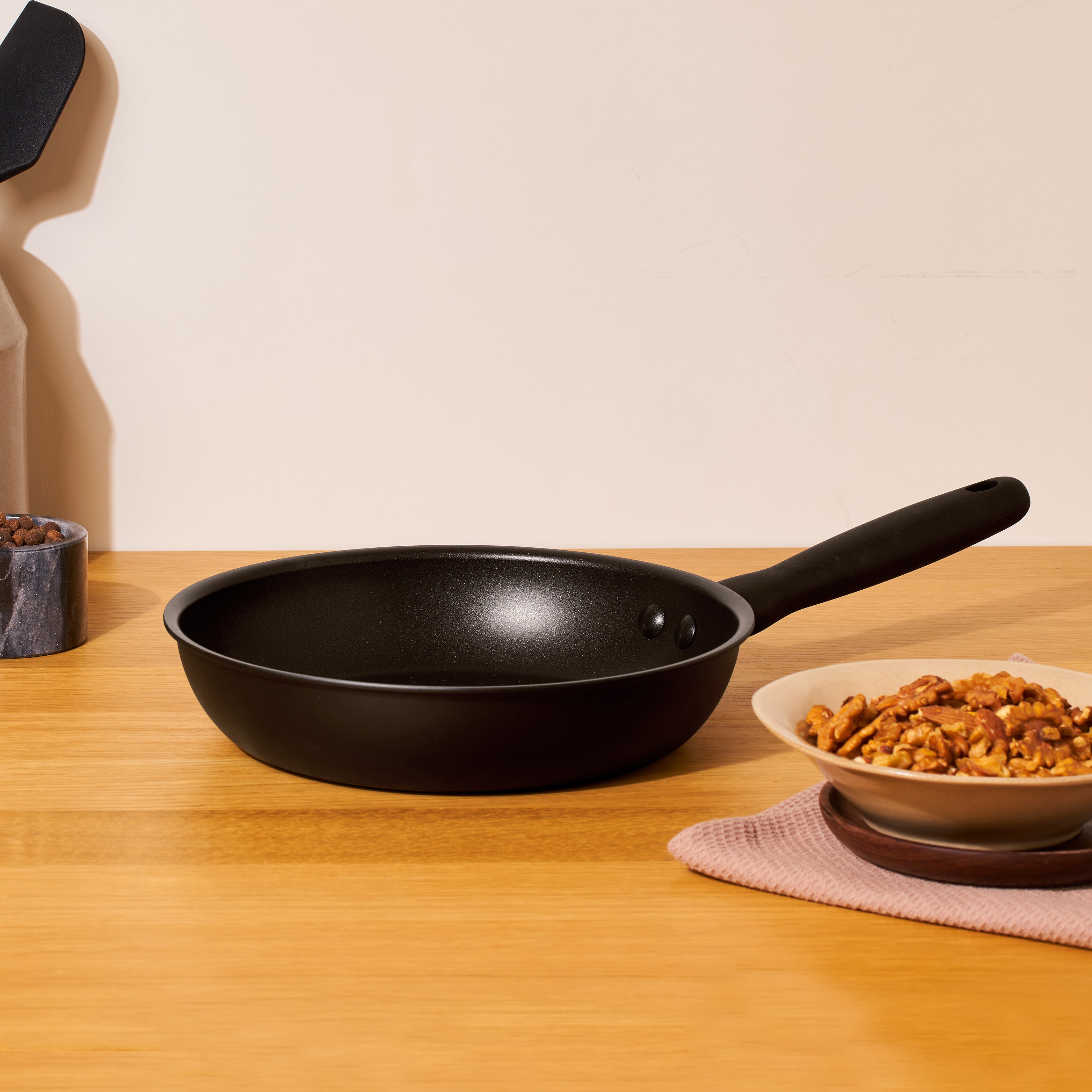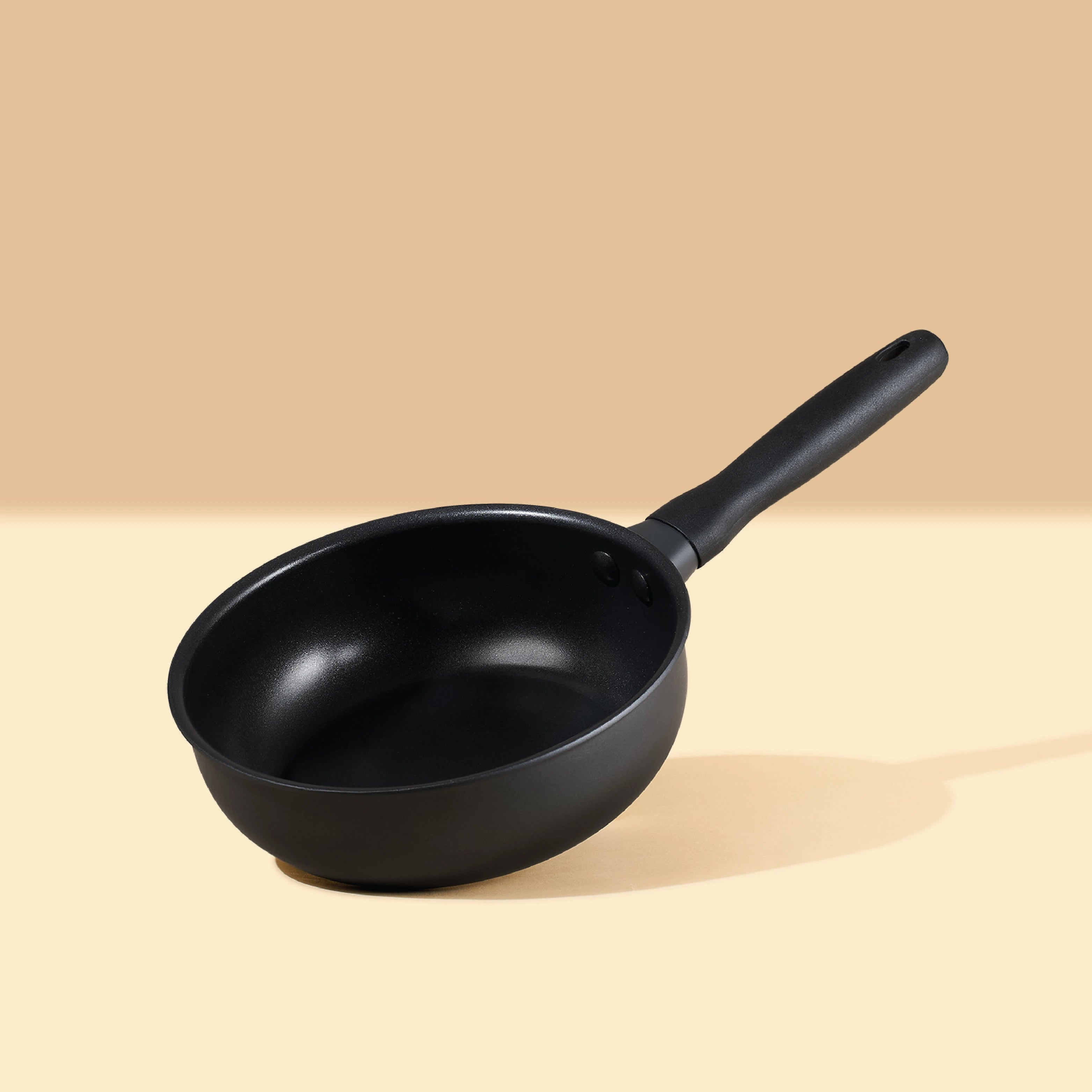When it comes to determining whether "light" salad dressings are genuinely healthier options, a comprehensive nutritional analysis is essential. While these dressings typically boast reduced calorie and fat content compared to their regular counterparts, their healthiness depends on various factors. Light dressings may contain fewer calories and less fat, making them suitable choices for individuals looking to manage their weight or reduce calorie intake. However, it's crucial to scrutinize their ingredient lists and examine their overall nutritional composition. Some light dressings may compensate for reduced fat content by adding extra sugar, sodium, or artificial ingredients, potentially negating their health benefits. Additionally, portion control is key, as excessive consumption of any dressing, even a "light" one, can contribute to calorie and nutrient overload. Ultimately, when choosing salad dressings, it's essential to prioritize those made with wholesome ingredients and practice moderation to support overall health and well-being.
Table of Contents
What Are Light Salad Dressings?
"Light" salad dressings are versions of traditional salad dressings that have been formulated to contain fewer calories and less fat than their regular counterparts. These dressings often achieve their reduced calorie and fat content by using lower-fat ingredients or substituting ingredients with lower-calorie alternatives. For example, they may use reduced-fat or fat-free versions of ingredients like mayonnaise, oil, or cheese. Additionally, light salad dressings may contain fewer added sugars or artificial ingredients compared to regular dressings. However, it's essential to read the labels carefully, as the term "light" can sometimes be misleading, and not all light dressings are created equal in terms of nutritional quality.
Popular “Light” Salad Dressings:
Several popular light salad dressings are available in the market, offering a variety of flavors to suit different tastes and preferences. Some popular options include:
- Light Italian Dressing: A tangy and herbaceous dressing made with vinegar, olive oil, and a blend of Italian herbs and spices.
- Light Balsamic Vinaigrette: A sweet and tangy dressing made with balsamic vinegar, olive oil, Dijon mustard, and herbs.
- Light Ranch Dressing: A creamy and flavorful dressing made with buttermilk, yogurt, mayonnaise, and a mix of herbs and spices.
- Light Caesar Dressing: A rich and savory dressing made with anchovies, garlic, lemon juice, Parmesan cheese, and olive oil.
- Light Honey Mustard Dressing: A sweet and tangy dressing made with honey, mustard, vinegar, and a touch of olive oil.
Nutritional Value Of Popular “Light” Salad Dressings:
Here's a breakdown of the approximate nutritional value for different types of light salad dressings per 2 tablespoon (30ml) serving:
- Light Italian Dressing:
- Calories: 30-50
- Total Fat: 1-3g
- Saturated Fat: 0g
- Sodium: 200-400mg
- Carbohydrates: 3-5g
- Sugars: 2-3g
- Protein: 0g
- Light Balsamic Vinaigrette:
- Calories: 30-50
- Total Fat: 1-3g
- Saturated Fat: 0g
- Sodium: 150-300mg
- Carbohydrates: 4-6g
- Sugars: 2-4g
- Protein: 0g
- Light Ranch Dressing:
- Calories: 45-70
- Total Fat: 3-6g
- Saturated Fat: 0.5-1g
- Sodium: 200-400mg
- Carbohydrates: 4-6g
- Sugars: 1-3g
- Protein: 1-2g
- Light Caesar Dressing:
- Calories: 30-60
- Total Fat: 1-5g
- Saturated Fat: 0-1g
- Sodium: 200-400mg
- Carbohydrates: 1-3g
- Sugars: 0-1g
- Protein: 1-2g
- Light Honey Mustard Dressing:
- Calories: 40-70
- Total Fat: 2-5g
- Saturated Fat: 0-1g
- Sodium: 150-300mg
- Carbohydrates: 6-9g
- Sugars: 4-6g
- Protein: 0-1g
Are Light Salad Dressings Healthy?
Whether light salad dressings are healthy depends on various factors, including their specific nutritional composition, ingredient quality, and individual dietary preferences and needs. Here are some considerations to keep in mind:
- Reduced Calorie and Fat Content: Light salad dressings typically contain fewer calories and less fat than their regular counterparts. This can be beneficial for individuals looking to manage their weight or reduce calorie intake.
- Nutrient Profile: While light salad dressings may be lower in calories and fat, they may also have reduced nutritional value compared to regular dressings. Some light dressings may contain fewer vitamins, minerals, and other essential nutrients found in ingredients like olive oil or nuts.
- Added Sugars and Artificial Ingredients: Some light salad dressings may compensate for reduced fat content by adding extra sugar, sodium, or artificial ingredients to enhance flavor. It's essential to read the labels carefully and opt for dressings made with natural, minimally processed ingredients whenever possible.
- Portion Control: Even though light salad dressings are lower in calories and fat per serving, portion control is still important. Using dressings sparingly can help prevent excessive calorie and nutrient intake.
- Individual Preferences: Ultimately, whether light salad dressings are healthy for you depends on your individual dietary preferences, goals, and nutritional needs. Some people may prefer the taste and texture of regular dressings and find them more satisfying, while others may opt for light dressings to reduce calorie intake or accommodate specific dietary restrictions.
How To Keep Light Salad Dressing Healthy?
To ensure that a light salad dressing is healthy, consider the following tips:
- Read the Label: Carefully examine the ingredient list and nutrition facts label to understand what's in the dressing. Look for dressings made with natural, whole food ingredients and avoid those containing added sugars, artificial flavors, and preservatives.
- Check the Fat Content: While light dressings are lower in fat than regular versions, they should still contain some healthy fats for flavor and nutrient absorption. Look for dressings made with heart-healthy fats like olive oil or avocado oil.
- Watch for Added Sugars: Some light dressings may compensate for reduced fat content by adding extra sugars or sweeteners. Choose dressings with minimal added sugars or opt for those sweetened with natural ingredients like honey or maple syrup.
- Mind the Sodium: Pay attention to the sodium content of the dressing, as excessive sodium intake can contribute to health issues like high blood pressure. Choose dressings with moderate sodium levels and consider diluting the dressing with vinegar or citrus juice to reduce sodium concentration.
- Focus on Portion Control: Even though light dressings are lower in calories and fat, it's important to use them in moderation. Practice portion control by measuring out a serving size or using a spray bottle to lightly coat your salad with dressing.
- Make Your Own: Consider making your own light salad dressing at home using simple ingredients like olive oil, vinegar, lemon juice, herbs, and spices. This allows you to control the ingredients and customize the flavor to your preference.











Leave a comment